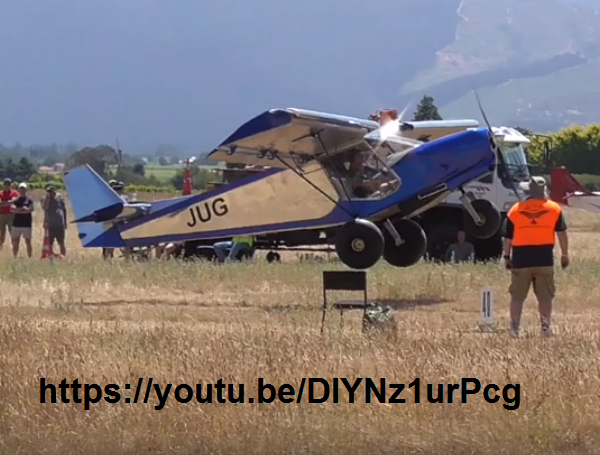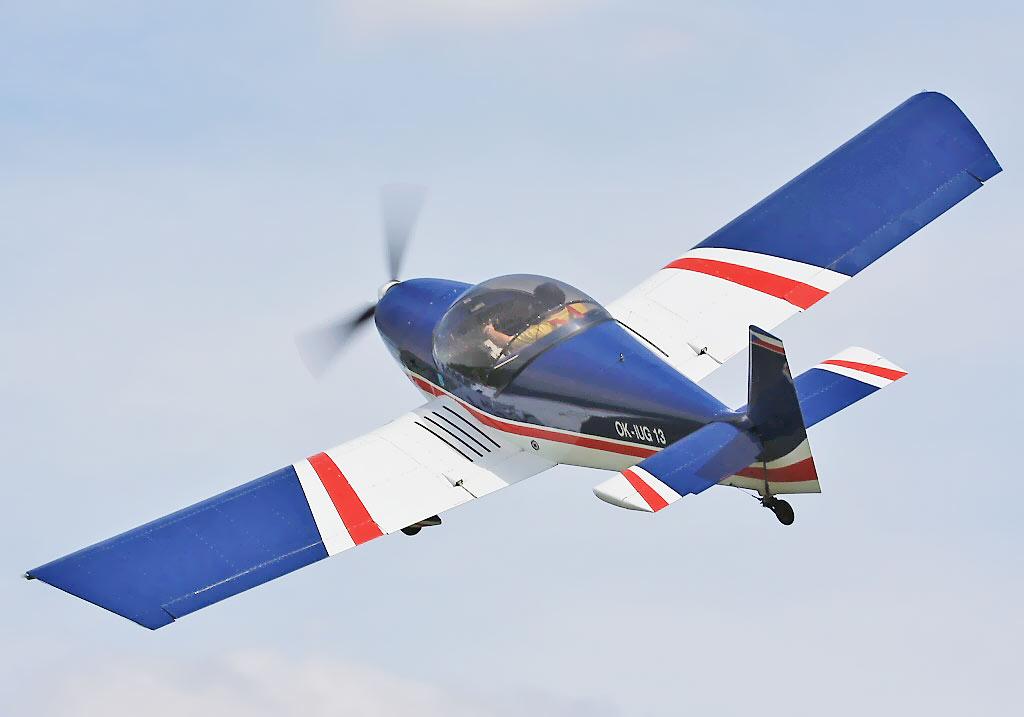Ultra-Light Aeroplanes in Canada
Preface: In Canada, if you have an Ultralight Pilot License, you are allowed to fly ANY Canadian-registered aircraft that meets the definition of a Canadian ultralight (i.e. gross weight less than 1,232 lbs and stall speed less than 45 mph) REGARDLESS of the category that the aircraft is registered in! This means that if you have built a light-enough Zenair CH 601, CH 701 (or even a CH 650 or STOL CH 750) and have registered it as a light-enough "home-built" (Amateur-Built) aircraft, you can fly the aircraft with your ultralight Pilot License! For additional information on the privileges of ultralight pilots, contact your local ultralight instructor.
Canada has a unique set of Ultra-Light regulations which define the qualifying aircraft and offer special ultralight pilot rights and responsibilities. In a nutshell, there are two categories or 3-axis ultralights aircraft in Canada: BASIC (BULA) and ADVANCED (AULA). It is important to fully understand the intent of the regulations in order to take full advantage of what each category allows. A number of Zenair designs in the CH 701 and CH 601 series qualify for registration and operations in the two Canadian Ultralight categories.
Pilot Licensing requirements for CDN ultralight aircraft are outlined at this Wikipedia page. For more details, go the the Transport Canada (TC) website or contact a local ultralight instructor.
UPAC (Ultralight Pilots Association of Canada), is the national voice for Canadian Ultralight Pilots. You can visit their website (and join!) to learn more on how to become an ultralight pilot in Canada. UPAC can also help you better understand how the different (BASIC and AULA) regulations apply to the aircraft.
NEW (Starting in 2022)
Assembling a Zenair aircraft kit for registration as an Advanced Ultralight (AULA):
For many years, Zenair provided kit builders a very detailed step-by-step procedure that had to be followed to obtain the factory-issued "Statement of Compliance" required by TC for registration of a qualifying model (i.e. CH 701 or CH 601) as an Advanced Ultralight (AULA).
Given the complexity of the application process and the very few requests received during the preceding decade, Zenair ceased to issue "Statements of Compliance" for its AULA-qualifying designs at the end of 2021. Recreational ultralight pilots planning to operate their new Zenair design with an ultralight pilot's licence have since-then needed to register their qualifying CH 701 or CH 601 in the Experimental Amateur-Built (E-AB) category (see here for details).
Pilot Licensing requirements for CDN ultralight aircraft are outlined at this Wikipedia page. For more details, go the the Transport Canada (TC) website or contact a local ultralight instructor.
UPAC (Ultralight Pilots Association of Canada), is the national voice for Canadian Ultralight Pilots. You can visit their website (and join!) to learn more on how to become an ultralight pilot in Canada. UPAC can also help you better understand how the different (BASIC and AULA) regulations apply to the aircraft.
NEW (Starting in 2022)
Assembling a Zenair aircraft kit for registration as an Advanced Ultralight (AULA):
For many years, Zenair provided kit builders a very detailed step-by-step procedure that had to be followed to obtain the factory-issued "Statement of Compliance" required by TC for registration of a qualifying model (i.e. CH 701 or CH 601) as an Advanced Ultralight (AULA).
Given the complexity of the application process and the very few requests received during the preceding decade, Zenair ceased to issue "Statements of Compliance" for its AULA-qualifying designs at the end of 2021. Recreational ultralight pilots planning to operate their new Zenair design with an ultralight pilot's licence have since-then needed to register their qualifying CH 701 or CH 601 in the Experimental Amateur-Built (E-AB) category (see here for details).
Advantages to registering your qualifying ultralight aircraft as an Amateur Built:
- You can build it from drawings ("scratch" build) - (not allowed for AULA);
- You can make modifications to the design (customize) - (not allowed for AULA);
- You can install a different (non-Rotax), larger or used engine (not allowed for AULA);
- You can increase the gross weight (to the max allowed by the regulations);
- You will also be able to sell it more easily in the US as an "Experimental" equivalent since
For more information, please call Zenair Ltd. at 705-526-2871
Zenair strongly recommends that Canadian kit-aircraft builders join the Recreational Aircraft Association (RAA). Much information and support can be obtained by participating in local RAA (or EAA) Chapter meetings and special events; once flying, you'll also be able to share your knowledge and experience with newcomers to the sport.
In the US, join the EAA!
In the US, join the EAA!
Aircraft Inspections, Flight Testing & Training:
Zenair doesn't inspect or flight-test customers' aircraft, however, there are independent mechanics and/or pilots who do.
For a list of those known to work on Amateur-Built (Experimental) contact the RAA or UPAC (links above).
For pilots possibly available for flight testing and/or flight instruction in a Zenair design, please see here.
Zenair doesn't inspect or flight-test customers' aircraft, however, there are independent mechanics and/or pilots who do.
For a list of those known to work on Amateur-Built (Experimental) contact the RAA or UPAC (links above).
For pilots possibly available for flight testing and/or flight instruction in a Zenair design, please see here.
Existing Zenair AULA Aircraft:
For individual Zenair aircraft that are currently registered as AULA with Transport Canada, these aircraft can continue to operate in accordance with the regulations as before and as long as they continue to be maintained in accordance with the conditions of their "Statement of Compliance". No modifications to the aircraft or to its configuration are allowed.
Note: One way to allow modifications to your AULA (for options, upgrades and/or for different equipment) is to re-register the aircraft in the E-AB category. This should just be a formality with TC as the aircraft should already have been inspected by the MD-RA (pre-cover & final) as part of the procedures to obtain the original "Statement of Conformity" issued by Zenair. Check your files for the inspection reports...
For individual Zenair aircraft that are currently registered as AULA with Transport Canada, these aircraft can continue to operate in accordance with the regulations as before and as long as they continue to be maintained in accordance with the conditions of their "Statement of Compliance". No modifications to the aircraft or to its configuration are allowed.
Note: One way to allow modifications to your AULA (for options, upgrades and/or for different equipment) is to re-register the aircraft in the E-AB category. This should just be a formality with TC as the aircraft should already have been inspected by the MD-RA (pre-cover & final) as part of the procedures to obtain the original "Statement of Conformity" issued by Zenair. Check your files for the inspection reports...
For information on how to register your Amateur-Built / Experimental aircraft in Canada, click HERE.



